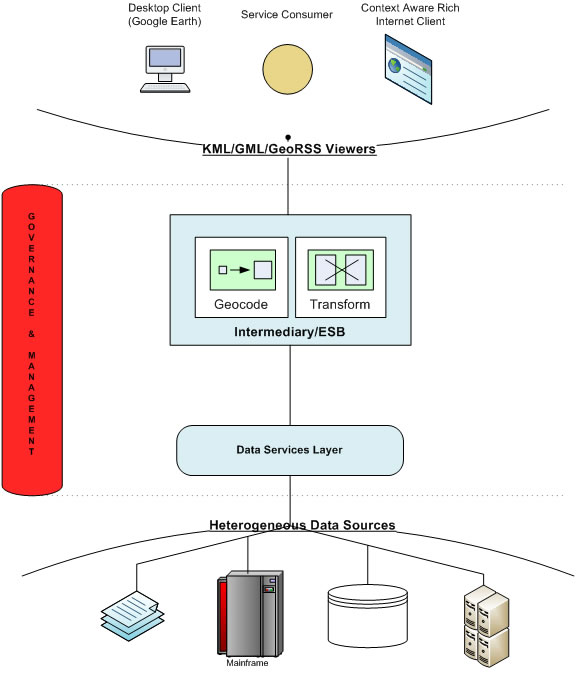Outsourcing
The term outsourcing is developing a whole new concept with the recognition that through scale opportunity service providers can not only provide more efficient processing but can also deliver high value adding based services directly to the customer.
However, the outsourcing of high value business processes can be quite complex and requires serious preparation before a decision can takes place to release responsibility to a third party.
The key questions facing the organisation are:























